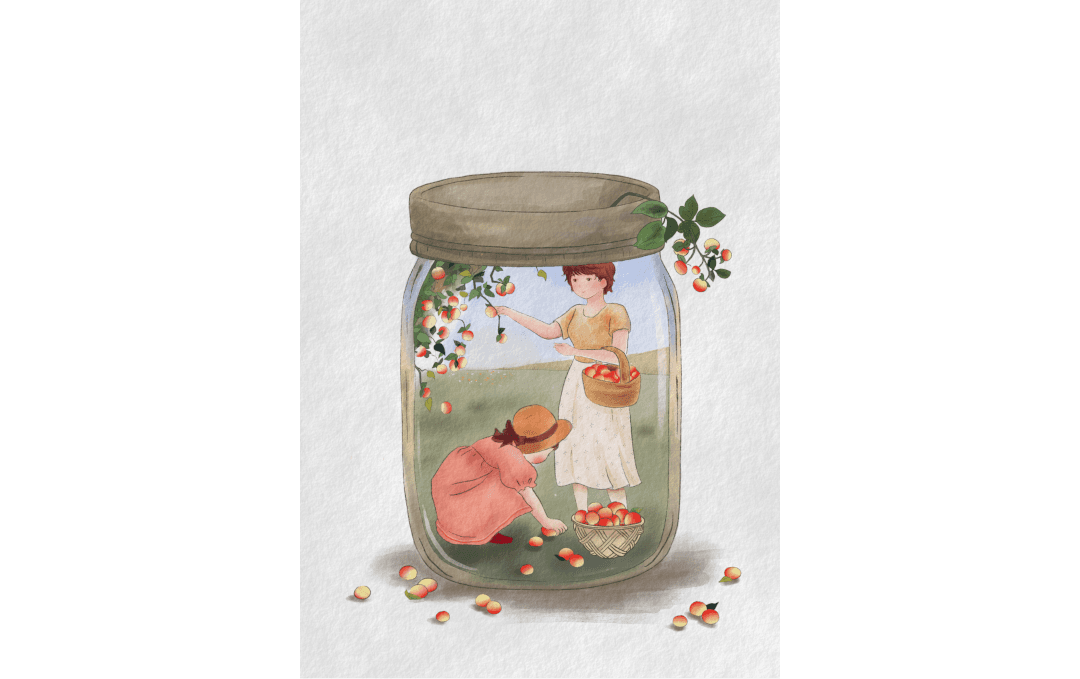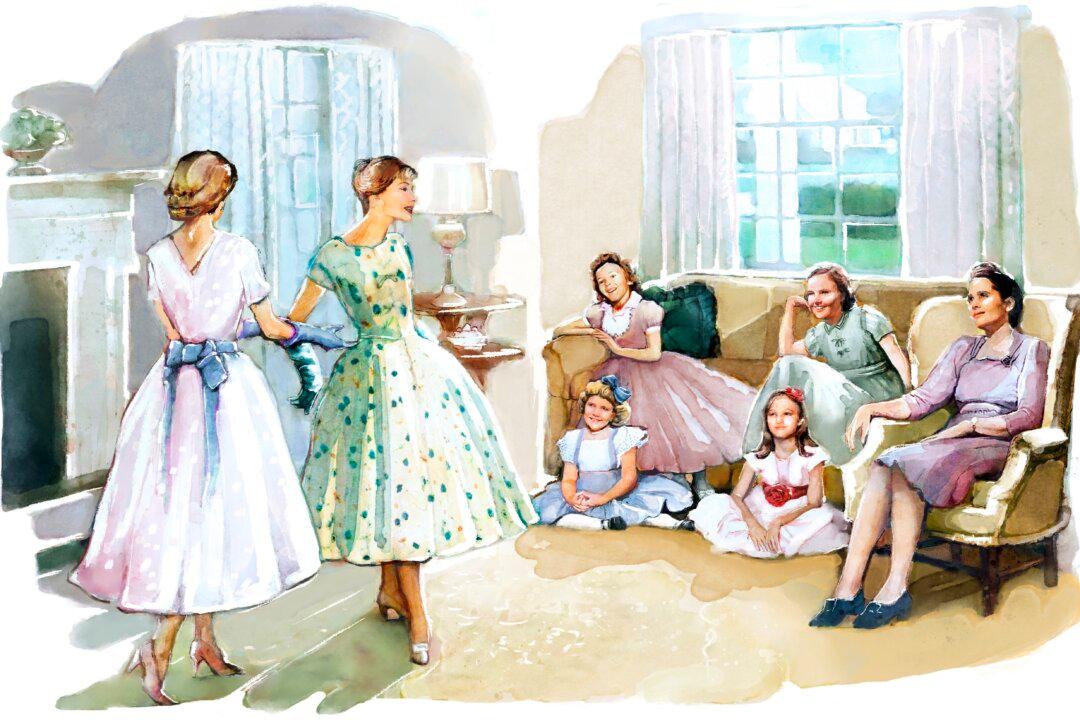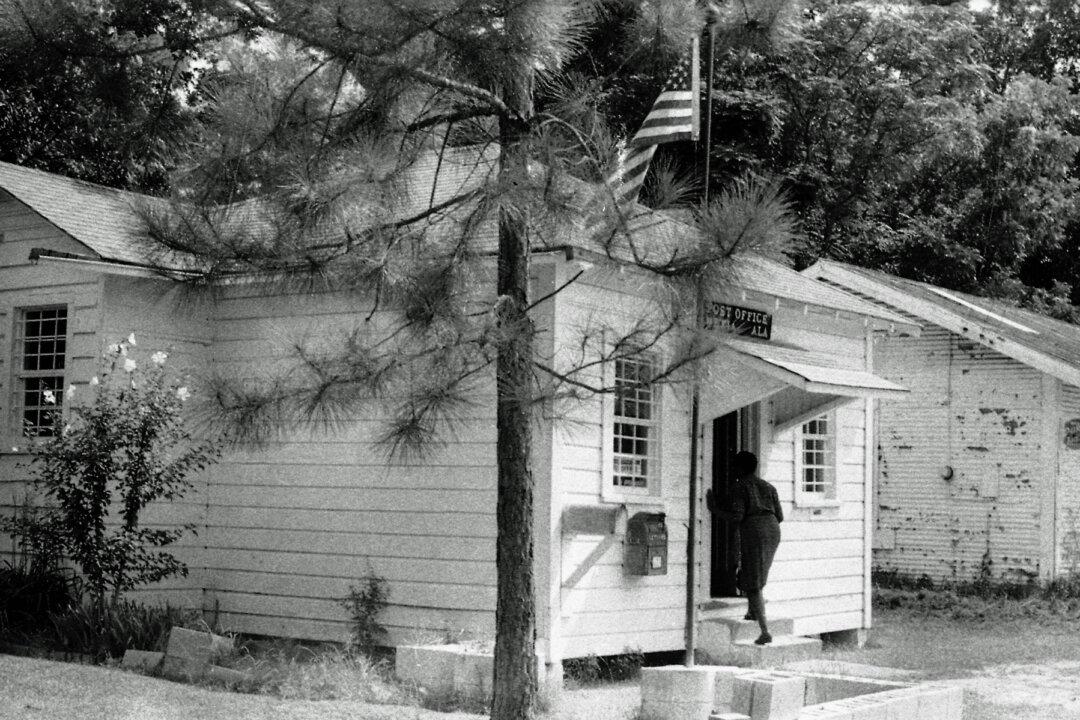What is one of the most iconic American product designs of all time, that is simple in design, affordable, practical, indestructible, and pint-sized? Here are some clues: It’s a kitchen item celebrated by florists for its versatility, beloved by brides for its nod to Southern charm, and used by both beachgoers on the Alabama Riviera and foodies in Brooklyn bars. It would be easy to overlook Patent No. 22,186, but we should respect and remember the profound impact the Ball Mason jar has had on our culture.
The history of the Ball Mason jar is a fascinating story of five brothers who saw a need in their country for a safe way to preserve foods and, by using their abilities, changed the family meal and lives forever. A pint-sized history lesson reveals that John Landis Mason first patented the glass jar in 1857, but the Ball Brothers Manufacturing Glass Company licensed the Mason jar and in the process made the Ball Mason Jar one of the most iconic product designs of all time. For three centuries—through challenges and opportunities, economic prosperity and financial trials, disappointments and successes—the company has endured. And, furthermore, there has been only one trademark etched on the bottom of each jar, “Made in the U.S.A.”



